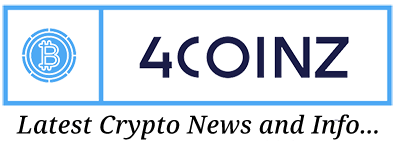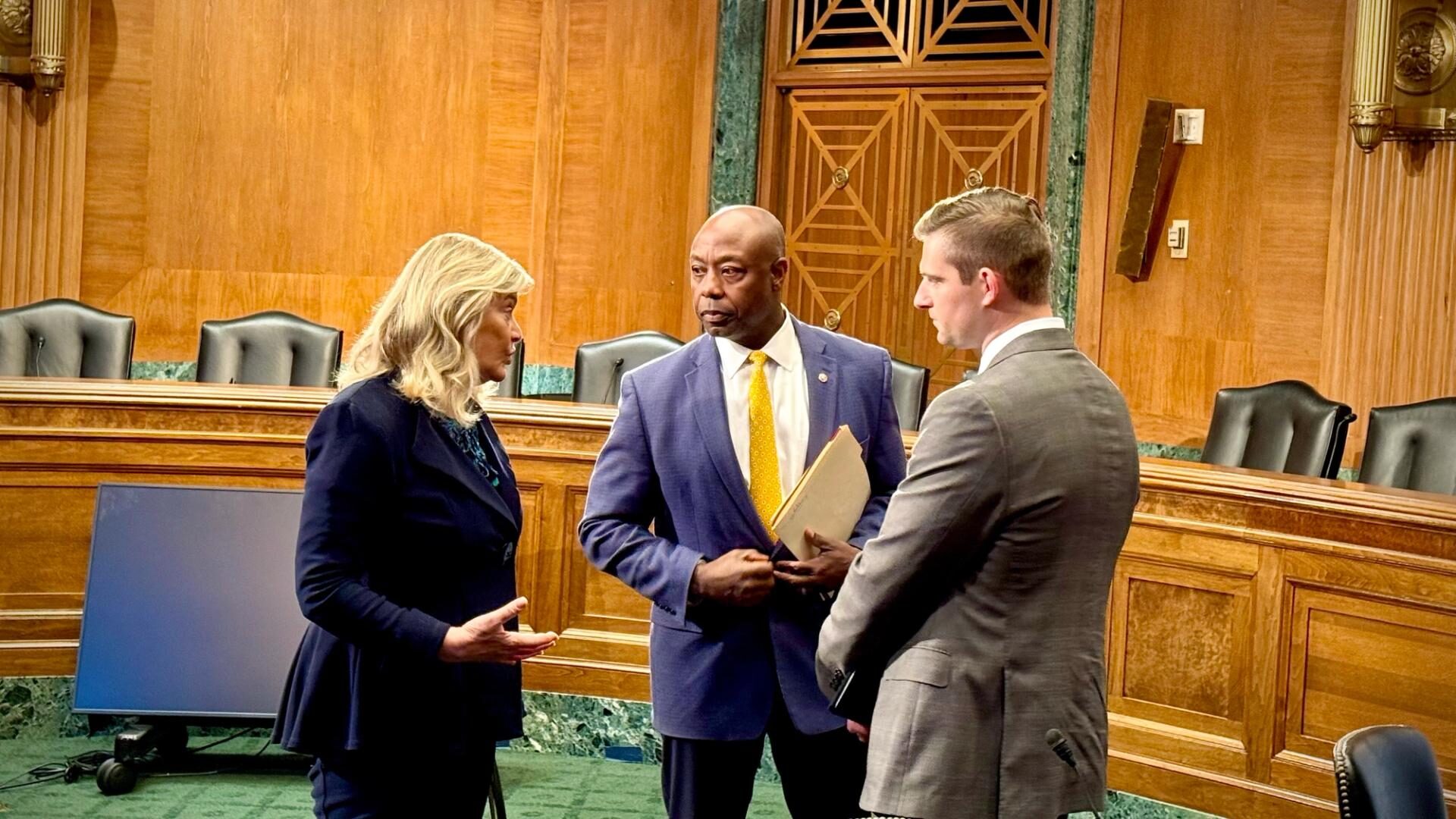The U.S. Senate is marching on in its effort to craft rules and regulations for the vast majority of the crypto market, releasing a discussion draft of a market structure bill that more clearly defines some of the frameworks the lawmakers are contemplating.
The 35-page draft released Tuesday formulates new definitions for digital assets that are not securities, and directs the Securities and Exchange Commission to engage in rulemaking around these assets that would exempt them and their issuers from existing regulations. The bill later directs the SEC and Commodity Futures Trading Commission to engage in joint rulemaking around certain aspects of crypto market activity, such as portfolio margining.
The draft follows the introduction of principles from the Senate Banking Committee last month that Chairman Tim Scott said would “serve as an important baseline” for the bill. It largely focuses on the SEC, rather than the CFTC, primarily directing it to engage in rulemaking around ancillary assets and disclosure requirements.
As presented, the defines an “ancillary asset” as a digital asset sold “in connection with the purchase and sale of a security through an arrangement that constitutes an investment contract,” though the ancillary asset itself would not grant any financial rights to its owner.
In creating this definition, the bill already diverges from the House’s Clarity Act, which passed with a massive bipartisan vote last week but does not define an “ancillary asset” or lean on that definition the way the Senate bill is.
The bill would also let an issuer self-certify that their ancillary asset does not provide any rights that a regular security might. It also allows the SEC 60 days to reject the self-certification if it reviews the asset and finds it does resemble security.
“My colleagues and I in the House and Senate share the same goal: to provide clear rules of the road for digital assets that protect investors, foster innovation and keep the future of digital finance anchored in America,” Scott said in a statement.
“I’m grateful for the hard work of our House counterparts to craft smart, bipartisan legislation, and I look forward to building on their work here in the Senate. Working with President Trump, we can deliver a comprehensive, bipartisan regulatory framework for digital assets.”.
Senator Cynthia Lummis, who leads the digital assets subcommittee, similarly said in a statement, “market structure legislation will establish clear distinctions between digital asset securities and commodities, modernize our regulatory framework, and position the United States as the global leader in digital asset innovation.”
The lawmakers also published several dozen questions for the general public to respond to, asking for input on various aspects of the bill, including how legislation should lean on the draft’s discussion of “ancillary assets,” whether that definition is useful, what information issuers need to disclose and how intermediaries should be treated.
The lawmakers are looking for responses by Aug. 5, giving industry participants and others two weeks to weigh in.

